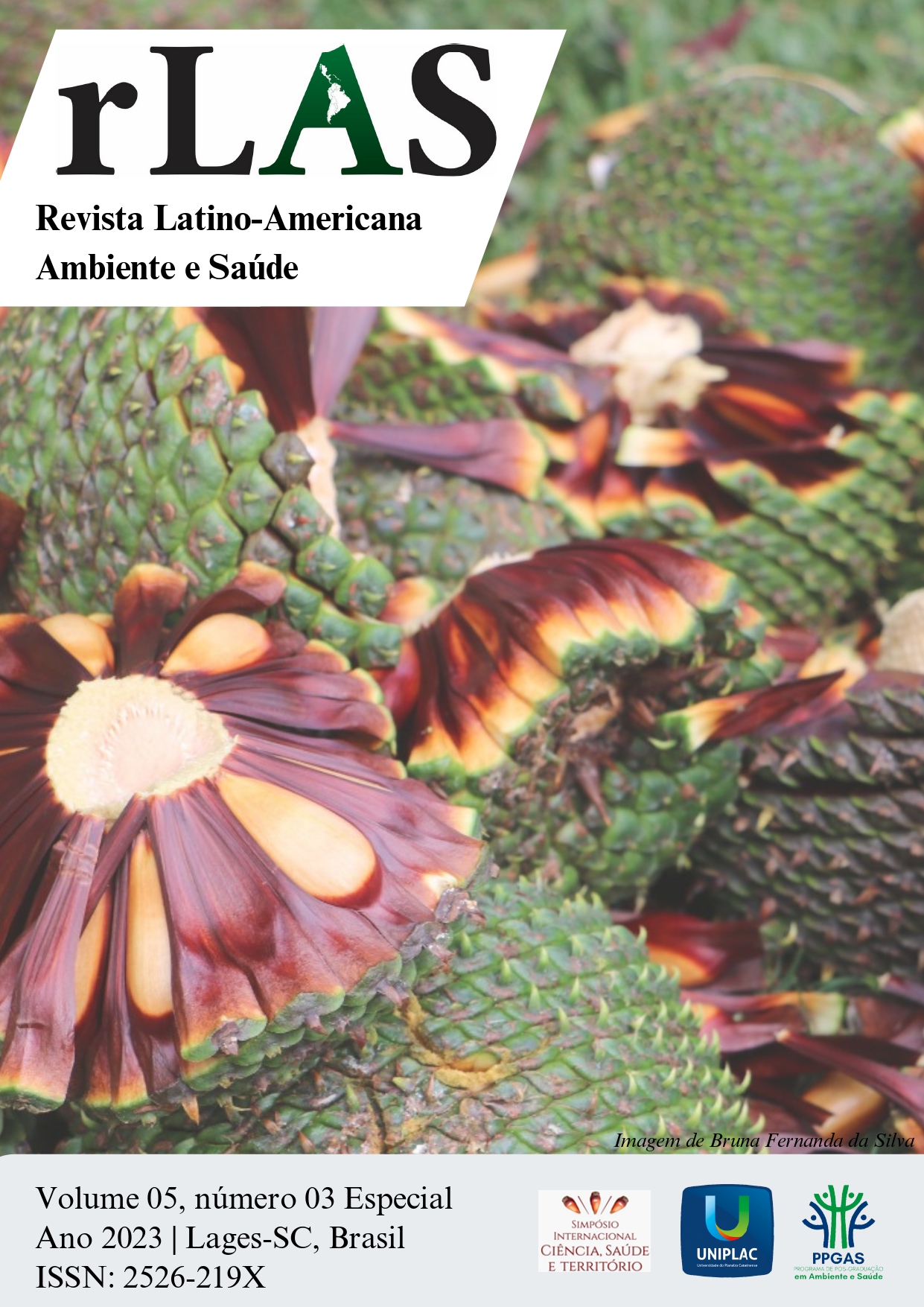Densidade e retratibilidade de três madeiras comerciais de rápido crescimento
Keywords:
Defeito, Secagem, ResistênciaAbstract
The present work sought to determine the density and shrinkage of three different fast-growing species: Pinus taeda, Eucalyptus grandis and Cryptomeria japonica. The raw material came from the Laboratory of Wood Properties at the University of the State of Santa Catarina and it comes from several sawmills in the municipality of Lages, Santa Catarina. The pieces were processed to produce fences, frames and floors and from them the test specimens (20x30x50mm) were made. The specimens were exposed to saturation (submersion in water), 12% and 0% equilibrium humidity in a climate chamber at 20ºC and 103ºC, respectively. In each case, the weight and dimensions of the specimens were measured. The physical properties were determined, following NBR 7190 (1997) standard: Apparent density at 0%, 12% and saturated; Basic density; Contraction anisotropy; Retractability Coefficient; Maximum, Linear and Volumetric shrinkage. The results indicated the retractability value of E. grandis as the highest value among the analyzed species both in volumetric (β=13.87%) and linear in the tangential plane (β=9.30%) and the highest basic density (542 kg/m³) was from C. japonica and indicates to be normal to work (1.50< Mean Contraction Anisotropy<2.00). It is concluded that, considering the maximum volumetric contraction, E. grandis was the most dimensionally unstable and P. taeda the most dimensionally stable. Considering the basic density, Pinus taeda was classified as low density and both Eucalyptus grandis and Cryptomeria japonica were classified as medium density.
References
BATISTA, D. C.; KLITZKE, R. J.; SANTOS, C. V. T. Densidade básica e retratibilidade da madeira de clones de três espécies de Eucalyptus. Ciência Florestal, v. 20, p. 665-674, 2010.
BATISTA, D. C.; TOMASELLI, I.; KLITZKE, R. J. Effect of time and temperature of thermal modification on the reduction of maximum swelling of Eucalyptus grandis Hill ex Maiden wood. Ciência Florestal, v. 21, n. 3, p. 533-540, 2011.
CASTRO, V. R. et al. Efeito da aplicação do potássio, do sódio e da disponibilidade hídrica na densidade aparente a 12% de umidade do lenho juvenil de árvores de Eucalyptus grandis. Ciência Florestal, v. 27, p. 1017-1027, 2017.
FONTE, A. P. N. et al. Propriedades físicas e químicas da madeira de cerne e alburno de Cryptomeria japonica. Revista de Ciências Agroveterinárias, v. 16, n. 3, p. 277-285, 2017.
HELLMEISTER, J. C. Sobre a determinação das características físicas da madeira. São Carlos, 1982. 119 p. Tese (Doutorado). Escola de Engenharia de São Carlos, Universidade de São Paulo, São Paulo.
JUVENAL, T. L.; MATTOS, R. L. G. O setor florestal no Brasil e a importância do reflorestamento. 2002.
KOLLMAN, F. F. P.; COTE, W. A. Principles of wood science and technology: t. I. Solid Wood. 1968.
MELO, R. R. et al. Caracterização física e mecânica da madeira de Araucaria angustifolia (Bertol.) Kuntze. Revista Brasileira de Ciências Agrárias, v. 5, n. 1, p. 67-73, 2010.
MÜLLER, B. V. et al. Avaliação das principais propriedades físicas e mecânicas da madeira de Eucalyptus benthamii Maiden et Cambage. Floresta e Ambiente, v. 21, p. 535-542, 2014.
NOCK, P.H.; RICHTER et al. Tecnologia da madeira. Curitiba: UFPR, 1975. 216p.
SETTE JR, C. R. et al. Efeito da idade e posição de amostragem na densidade e características anatômicas da madeira de Eucalyptus grandis. Revista Árvore, v. 36, p. 1183-1190, 2012.
TRUGILHO, P. F. et al. Características de crescimento, composição química, física e estimativa de massa seca de madeira em clones e espécies de Eucalyptus jovens. Ciência Rural, v. 45, p. 661-666, 2014.
VALE, A. T.; DIAS, Í. S.; SANTANA, M. A. E. Relações entre propriedades químicas, físicas e energéticas da madeira de cinco espécies de cerrado. Ciência Florestal, v. 20, p. 137-145, 2010.
VIVIAN, M. A. et al. Ciclos de produção de Pinus taeda L. com mais de 30 anos: uma alternativa para obtenção de madeira para usos sólidos e estruturais. Ciência Florestal, v. 32, p. 573-596, 2022.


